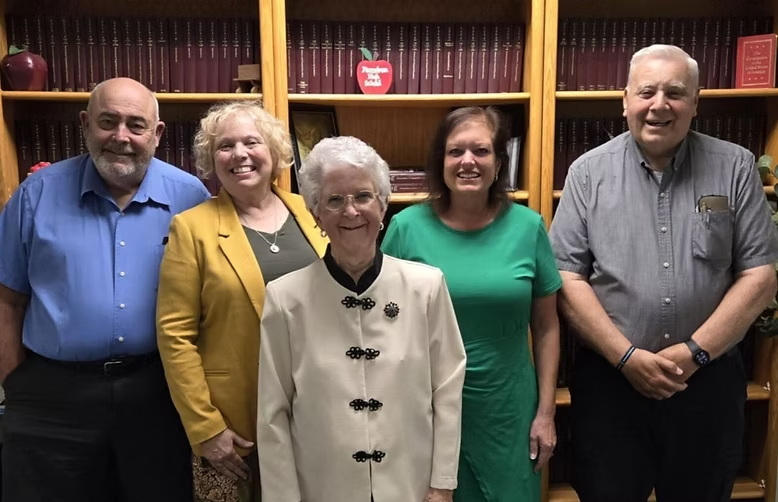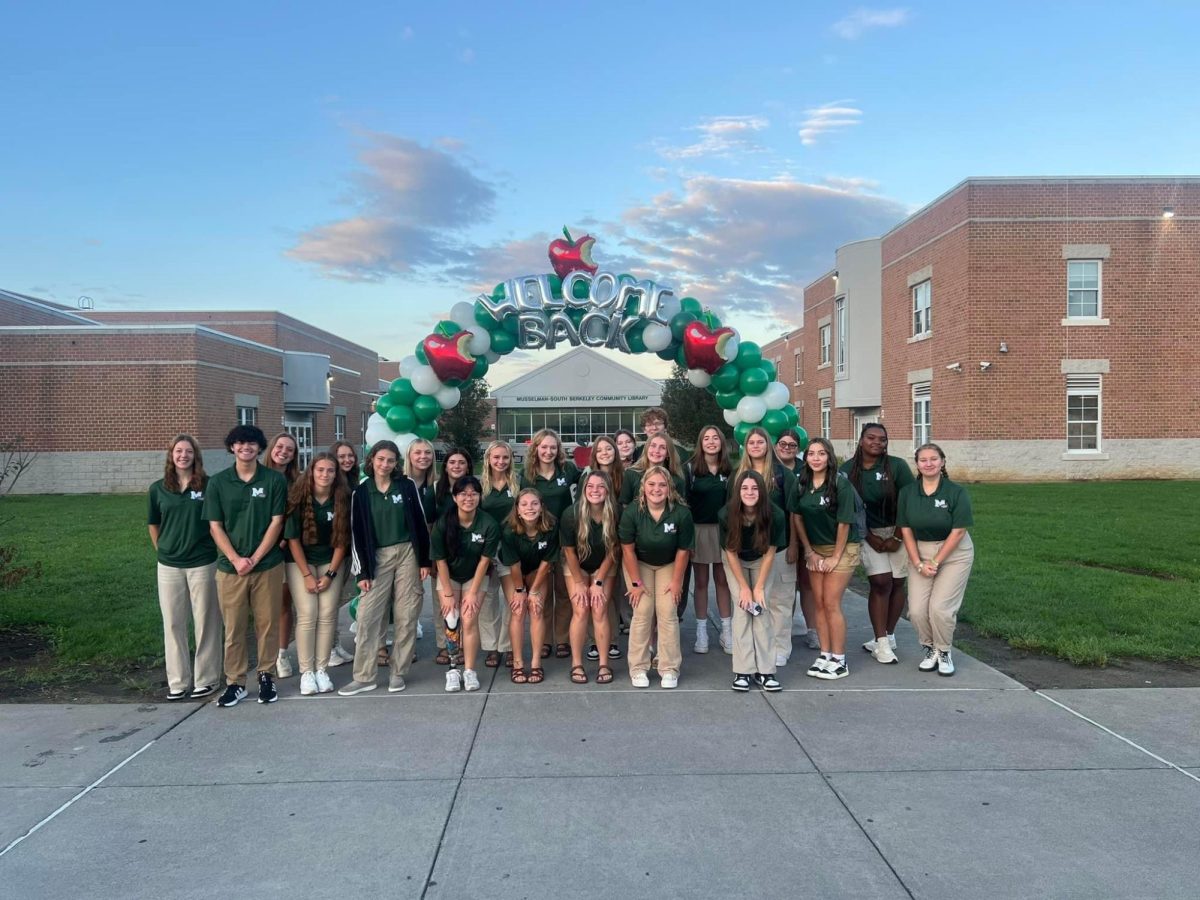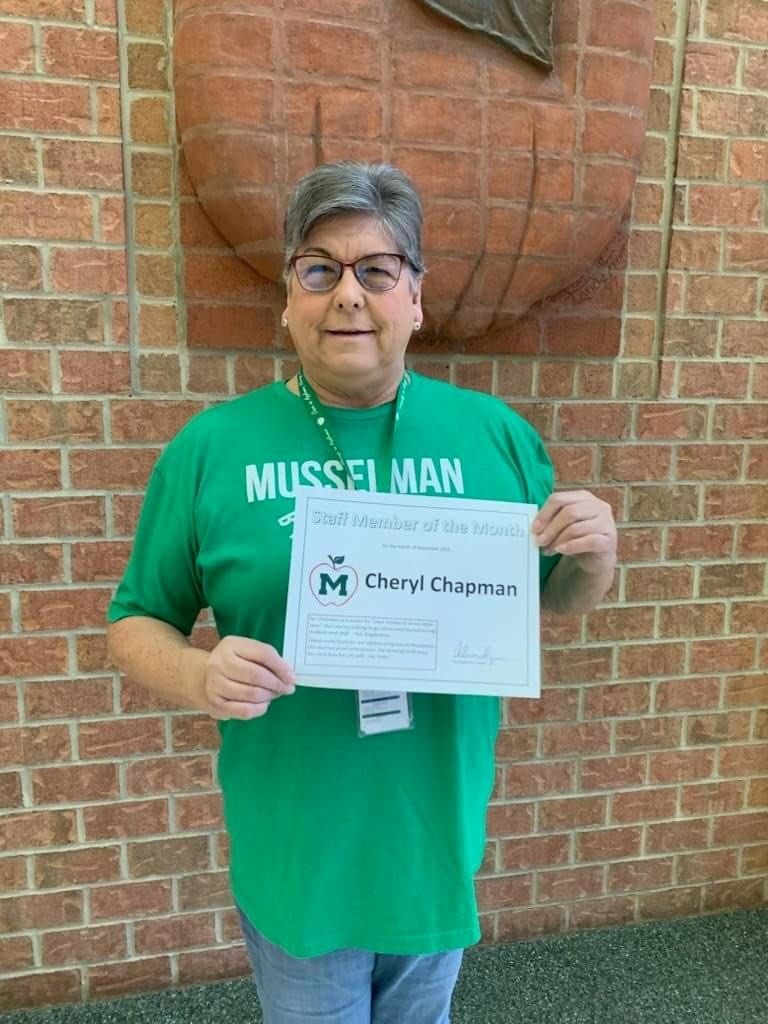Easter Celebration
May 15, 2023
Resurrection Sunday, or Easter Sunday, has taken many forms in its practice. Regardless of the beliefs held by the general populous, Easter has found itself to be a household name to both Christians and non-Christians alike; as a result, it is a commonly celebrated holiday. However, the celebrations make this holiday so different to the public.
Easter was created to celebrate the resurrection of Jesus Christ, a holy entity within the Christian religion who died three days before Easter and was, according to the faith, resurrected the Sunday after. Many still celebrate Easter this way, practicing religious ceremonies and dinners within their respective groups and following differing practices. However, due to the commercialization of popular holidays, there is much focus on a fictional rabbit; the Easter Bunny.
The Easter Bunny, having no connections to its religious counterpart, can be traced as a pagan celebration called Beltane in which the new spring would be celebrated. The goddess of spring, Astarte, in the pagan religion, would be symbolized in animal form as a rabbit. As commonly known, once Christian ideologies and religion were expanded, paganism would soon lose its relevance in society altogether. However, as we know, this would not be the end of the spring celebration between the two.
The once religious festival of Beltane and the bunnies that were incorporated would become a lighthearted practice for children of the Germans; parents would usually make small nests out of sticks and put small goodies in those baskets claiming it was the bunnies. Then, in anticipation of the Easter Bunny, children would paint eggs colorfully, placing them around for decoration.
As rapid settlement and immigration came to America in the 1700s, so too did German immigration along with their practices. Slowly after that, it would be accustomed to in some way, shape, or form as the fictional character was incorporated. Eventually, as commercialization continued, these items changed from homemade stick nests into baskets, and colored eggs became plastic.
Eighty percent of Americans report that they do celebrate Easter in some way. Asking the students of Musselman High School, out of 30 students, 27 said they do celebrate the holiday. Out of those 27 people, three report that they do not correlate with the mythologized version of the holiday, and three more say that they celebrate both the religious aspects of Easter along with the all too popular Easter Bunny. The rest stated that no religious contributions are made during this time for them and that it usually consists of candy, egg hunting, and baskets.
In total, there are many things within life that others look at very differently; as a result, it can be easily inferred that the opposing side might be incorrect or false. Therefore, it’s imperative that within society, religion or nonreligious shaming is not tolerated and is completely unacceptable and that all are treated without judgment regardless of what they practice.























